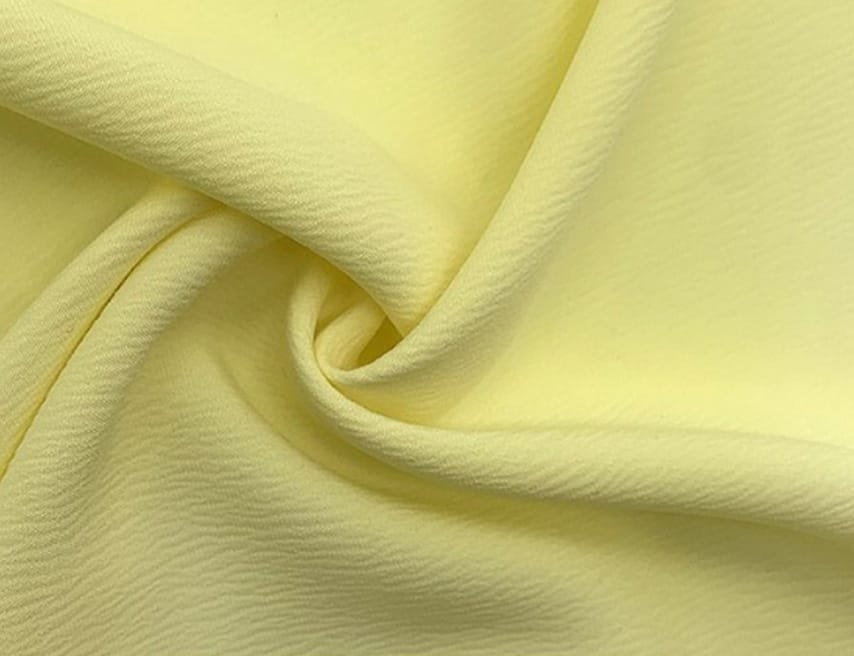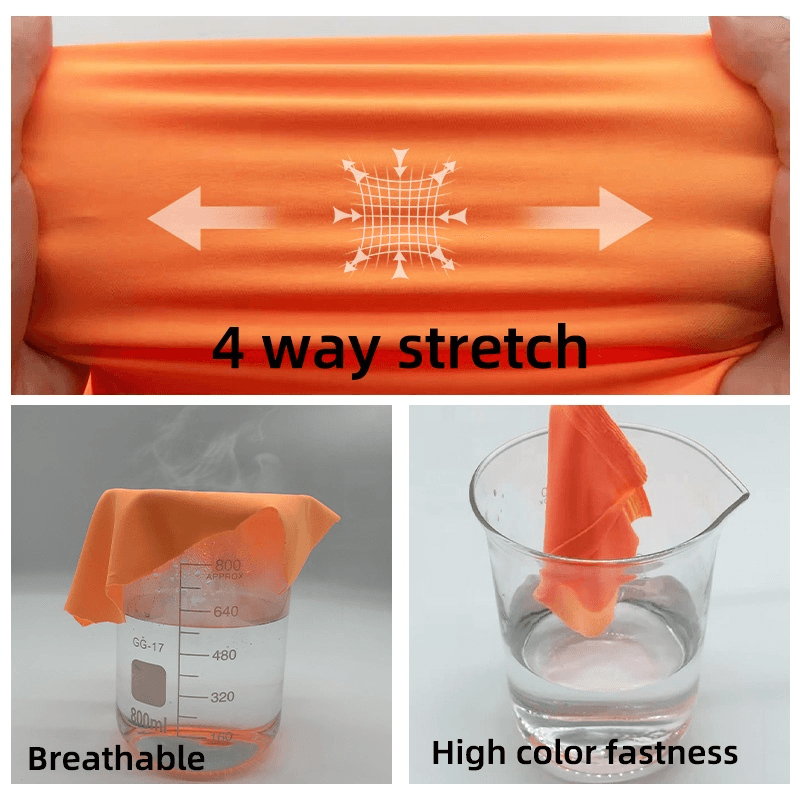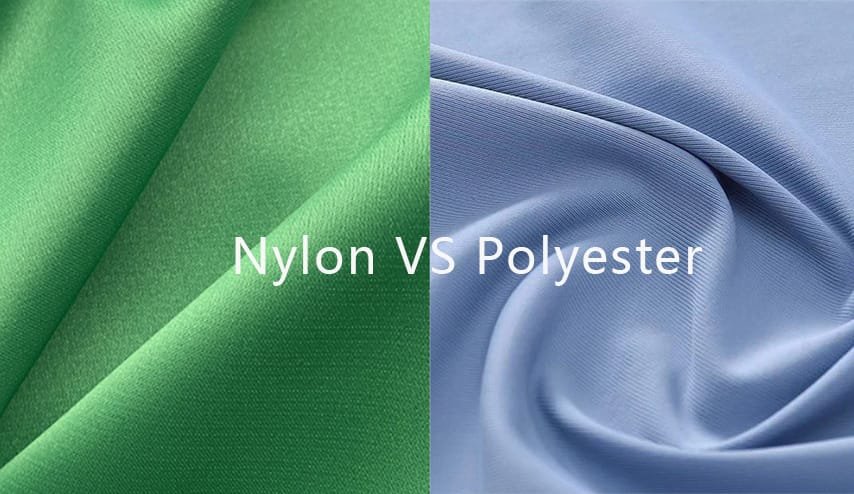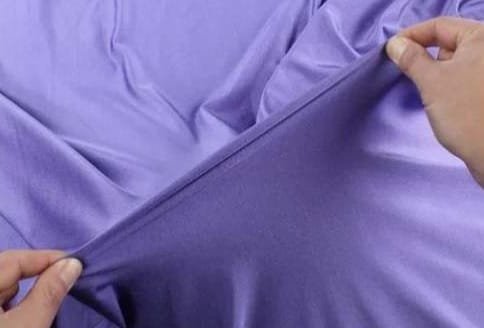If you’ve ever slipped into a silky swimsuit that feels light, soft, and almost like a second skin — chances are, it was made with nylon. For decades, nylon has been one of the go-to fabrics in swimwear manufacturing. It’s loved by designers, trusted by manufacturers, and appreciated by customers who want both comfort and style.
But like every fabric, nylon has its strengths and its shortcomings. If you’re building a swimwear brand, it’s worth asking: Is nylon the right choice for my collection? Let’s break it down in a way that’s practical, honest, and brand-focused.
What Is Nylon Fabric?

Nylon isn’t new. First introduced in the 1930s, it was created as a cheaper, more durable alternative to silk. Fast-forward almost a century, and nylon is now a backbone of the fashion and sportswear industry.
In swimwear, nylon is usually blended with spandex (also called elastane or Lycra®). Why? Because nylon gives the smoothness and color, while spandex provides the stretch and recovery. Together, they create swimwear that hugs the body, moves easily, and looks amazing.
Why Nylon Is Popular in Swimwear
There are plenty of technical reasons nylon works well, but let’s talk about why brands and consumers keep coming back to it:
- It feels luxurious. Nylon has that silky, smooth touch that makes swimwear feel premium.
- It’s friendly to startups. Many factories can offer lower minimums with nylon blends, so smaller brands don’t have to overcommit.
- It photographs beautifully. Whether for Instagram campaigns or e-commerce listings, nylon’s vibrant colors pop on camera.
- It fits into many styles. From bikinis to chic one-pieces to resort wear, nylon adapts well to different designs.
In short, nylon combines consumer appeal with brand flexibility, which is why it’s remained a top choice in the industry.



Advantages of Nylon Swimwear
Let’s look at the key benefits that have kept nylon at the forefront of swimwear manufacturing:
- Stretch and Fit – Paired with spandex, nylon provides that “snug but comfortable” fit everyone loves.
- Quick-Drying – Great for beach holidays and pool days; no one likes sitting in a soggy swimsuit.
- Bold Colors and Prints – If your brand relies on eye-catching designs, nylon is your friend. It absorbs dye beautifully.
- Lightweight Comfort – Customers often describe nylon swimwear as “easy” to wear — it doesn’t feel heavy or restrictive.

Disadvantages of Nylon Swimwear
No fabric is perfect, and nylon is no exception:
- Chlorine Resistance – Frequent pool use can wear down nylon faster than polyester.
- UV Sensitivity – Sunlight can fade colors or weaken fibers over time.
- Pilling – Rough surfaces (like pool edges or rocks) may cause fabric pills.
- Not the Greenest Option – Traditional nylon is petroleum-based and not biodegradable.
If your target market includes athletic swimmers or heavy pool users, polyester blends might hold up better.
Nylon vs. Polyester: Which is better for swimwear

Think of nylon and polyester as cousins in the swimwear family — both reliable, but with different personalities.
Nylon is the softer, more fashion-forward option. It feels silky, takes color beautifully, and gives swimsuits that glossy, high-end look. Customers love it for bikinis, one-pieces, and resort wear where style and comfort are the focus.
Polyester, on the other hand, is the tough one. It handles chlorine, sunlight, and countless washes without losing its shape. That’s why it’s often chosen for training swimsuits, active swimwear, or brands that want long-lasting durability.
So, which is “better”? It depends on your brand’s goals. If your priority is trend, color, and luxury feel, nylon is a winner. If you need endurance and performance, polyester might serve you best. Many successful brands actually use both, tailoring fabric choice to different collections.
Blending Nylon with Spandex
Since pure nylon lacks the required stretch, it is almost always combined with spandex (also known as elastane or Lycra®).
- Common Ratios: 80/20 or 85/15 (nylon/spandex)
- Effect of Spandex: Enhances elasticity, shape recovery, and overall comfort
- Trade-Offs: Higher spandex percentages improve fit but may reduce chlorine resistance over time
For brands, selecting the right blend is a critical decision that affects garment performance and consumer satisfaction.

Sustainable Alternatives: ECONYL®
As sustainability becomes central to consumer decision-making, regenerated materials are changing the swimwear industry. ECONYL®, made from recycled fishing nets and industrial waste, is the most recognized sustainable nylon alternative.
Benefits of ECONYL®:
- Performs exactly like virgin nylon
- Reduces plastic waste and carbon emissions
- Strong appeal to eco-conscious consumers
Other options include bio-based nylons and emerging recycling technologies that make nylon a more responsible choice for future collections.
Practical Applications in Swimwear
If you’re wondering where nylon works best, here are a few common uses:
- Bikinis & Trendy Swimwear – Nylon’s bright colors and silky texture are perfect for Instagram-worthy designs.
- Resort & Luxury Lines – Offers that smooth, premium feel high-end customers expect.
- Children’s Swimwear – Soft on delicate skin, comfortable for play.
- Everyday Leisure Swimwear – Great for vacations, casual swimmers, and fashion-conscious buyers.
For most commercial fashion collections, nylon remains the preferred fabric due to its consumer appeal.



Care Tips for Nylon Swimwear
One way brands can add value is by educating buyers on how to care for their swimwear. Nylon lasts longer if treated gently:
- Rinse after every swim, especially after pool use
- Hand wash with mild detergent, cold water only
- Avoid wringing or twisting the fabric
- Dry flat in the shade to protect color and elasticity
- Skip the tumble dryer — heat is nylon’s enemy
These tips not only extend the life of swimwear but also reduce customer complaints and returns.
Should Your Brand Use Nylon?
Here’s a quick way to decide:
Startup Brands – Great choice due to its wide availability, lower MOQs, and consumer-friendly feel.
Fashion Labels – Ideal for bold colors, vibrant prints, and trendy silhouettes.
Sustainable Brands – Consider ECONYL® or other regenerated nylons for eco-friendly positioning.
Performance Brands – Polyester may be better if chlorine resistance is the top priority.
Nylon isn’t the answer for every brand, but for many, it offers the right balance of comfort, style, and marketability.
Final Thoughts
Nylon has earned its place as one of the most important fabrics in swimwear. It delivers on what consumers want: softness, stretch, and style. And with innovations like ECONYL®, it’s staying relevant in a world where sustainability matters more than ever.
At the end of the day, the “right” fabric depends on your brand’s identity. Are you aiming for luxury? Fashion-forward swimwear? Eco-conscious collections? Or performance-focused swim gear? Once you know your direction, nylon is a fabric that can support your vision — or, at the very least, sit alongside polyester in your range.

